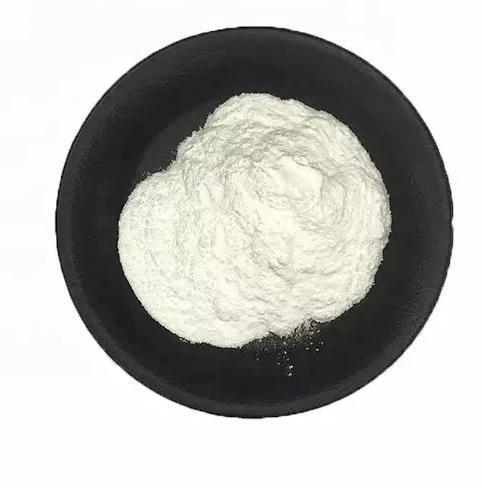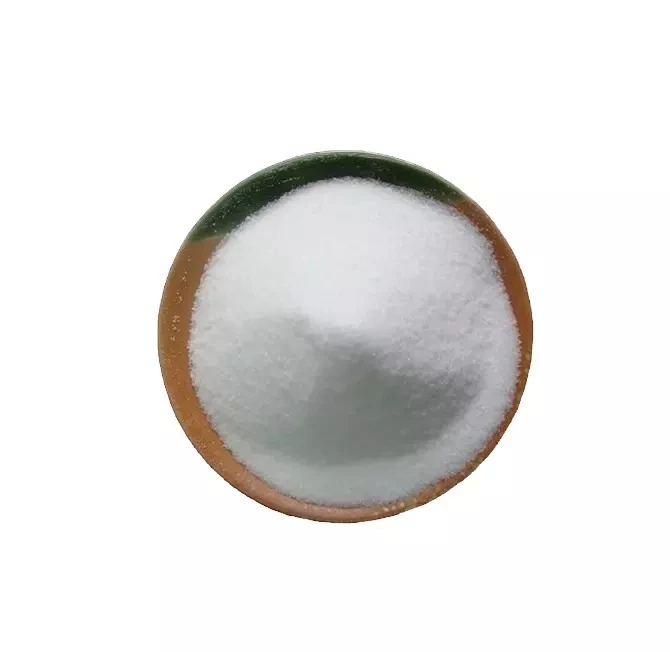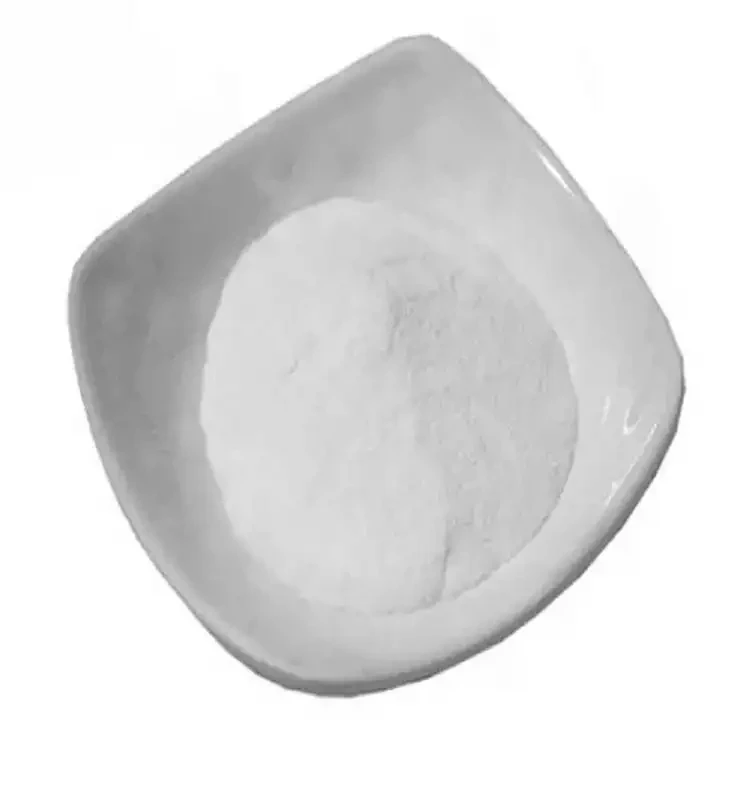Warning: Undefined array key "file" in /home/www/wwwroot/HTML/www.exportstart.com/wp-content/themes/1198/header.php on line 7
Warning: Undefined array key "title" in /home/www/wwwroot/HTML/www.exportstart.com/wp-content/themes/1198/header.php on line 7
Warning: Undefined array key "title" in /home/www/wwwroot/HTML/www.exportstart.com/wp-content/themes/1198/header.php on line 7
- umAfrika
- Albanian
- Amharic
- IsiArabhu
- Armenian
- IsiAzerbaijani
- Basque
- IsiBhelarushiyen
- Bengali
- Bosnian
- Bulgarian
- isiKhathalan
- Cebuano
- eTshayina
- iTshayina (eTaiwan)
- isiKhorsikhen
- Croatian
- Czech
- Danish
- IsiDatshi
- IsiNgesi
- isiEsperanto
- Estonian
- Finnish
- IsiFrentshi
- IsiFrisian
- Galician
- Georgian
- IsiJamani
- IsiGrike
- Gujarati
- isiKriyoli saseHayiti
- Hausa
- isiHawayi
- IsiHebhere
- Hayi
- Miao
- Hungarian
- Iceland
- igbo
- Indonesian
- Irish
- IsiTaliyani
- IsiJaphani
- Javanese
- Kannada
- isiKazakh
- Khmer
- isiRwanda
- Korean
- isiKhudish
- isiKyrgyz
- I-TB
- isiLatini
- Latvian
- isiLithuwaniya
- isiLuksembogu
- Mecedonian
- Malgashi
- Malay
- Malayalam
- Maltese
- isiMawori
- Marathi
- isiMongoliya
- Miyanimar
- Nepali
- Norwegian
- Norwegian
- Occitan
- isiPhashto
- Persian
- Polish
- IsiPhuthukezi
- isiPhunjabi
- Romanian
- IsiRashiya
- isiSamoa
- IsiScottish Gaelic
- isiSebhiya
- IsiNgesi
- IsiShona
- Sindhi
- IsiSinhala
- Slovak
- Slovenian
- isiSomali
- Spanish
- IsiSundanese
- Swahili
- Swedish
- Tagolog
- IsiTajik
- Tamil
- IsiTatar
- Telugu
- IsiThai
- IsiTurkey
- isiTurkmen
- Isi-Ukraine
- IsiUrdu
- Uighur
- IsiUzbek
- IsiVietnamese
- IsiWelsh
- Nceda
- Yiddish
- IsiYoruba
- IsiZulu
Lactose Monohydrate
Anhydrous Lactose is a naturally occurring simple carbohydrate, or sugar, found only in the milk of mammals. For this reason, it is also commonly referred to as "milk sugar." All commercial lactose is obtained from the milk of cows as a by-product of the dairy industry. Chemically, lactose is the disaccharide of the simple sugars D-galactose and D-glucose (Figure 1). In other words, the lactose molecule comprises one molecule of D-galactose chemically linked to one molecule of D-glucose. Lactose exists in two isomeric forms, known as alpha and beta (designated a-lactose and b-lactose).
Mainly used for: as the powdery food pigment adsorption dispersant, reduce the pigment concentration, easy to use and reduce discoloration during storage. Advantage of the characteristics of easy compression forming and low water imbibition, a tablet excipients, etc. Use lactose caramelization low temperature (163 ºC. The hydrolysis of sucrose into glucose 154.5 ºC, lactose is only 129.5 ºC), the characteristics of for some special baked goods, can be obtained under low baking temperature deep yellow to caramel color. Other have prevent crystallization, to reduce the sweetness, prevent caking and enhance aroma, and so on. Used for baby food, sweets and margarine, etc.
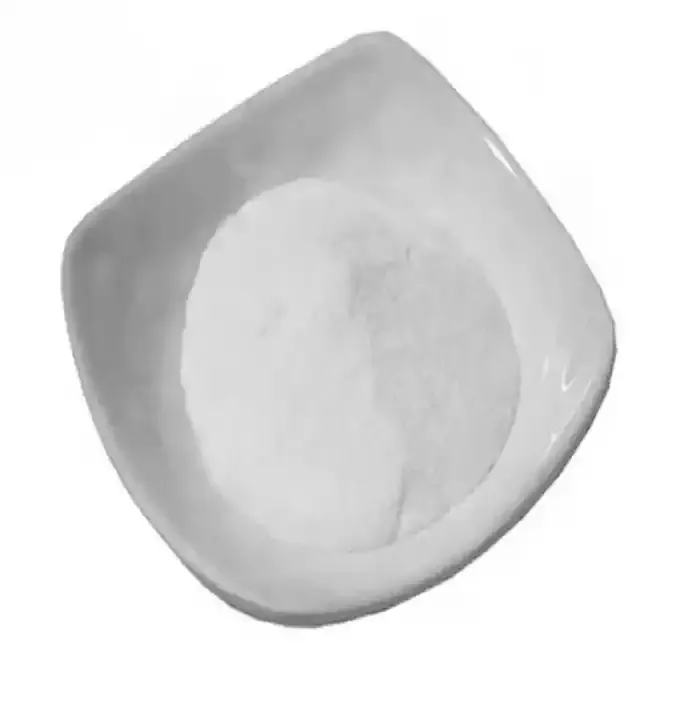
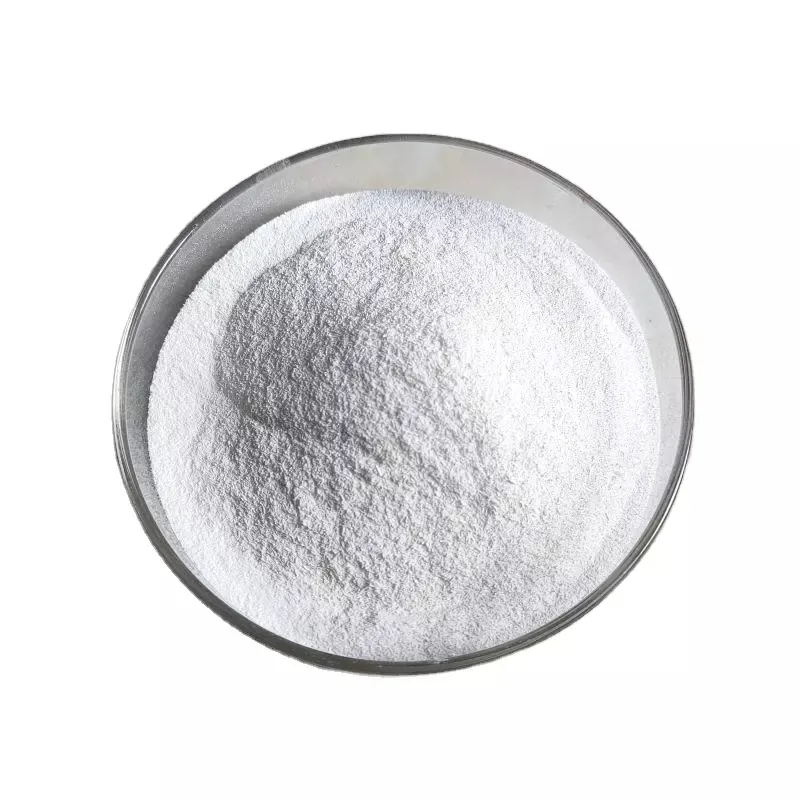
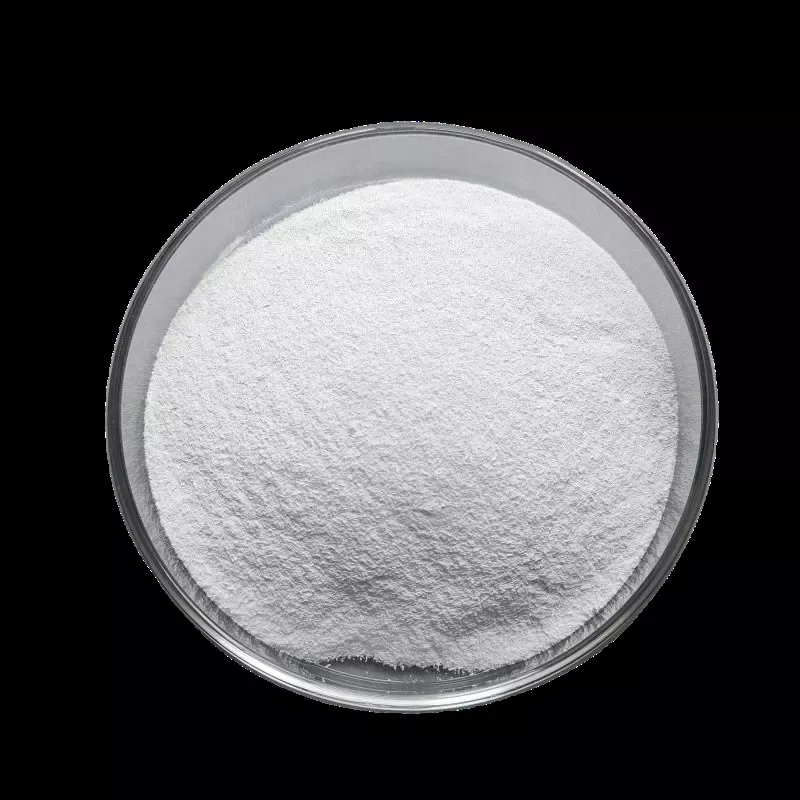
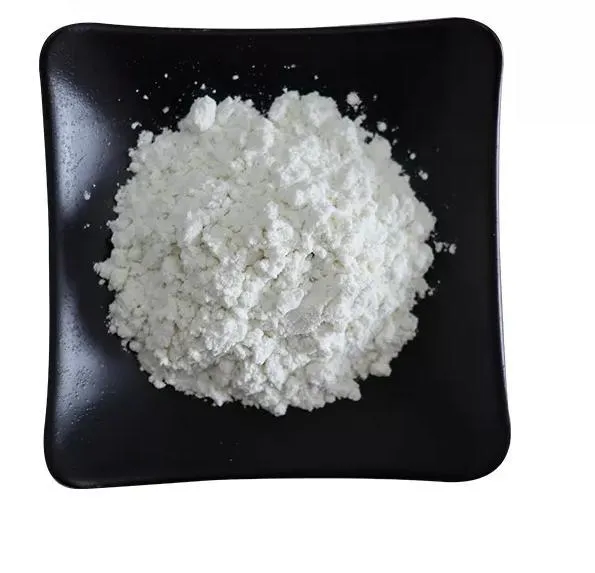
1. As an absorbent dispersant for powder food pigment, it can reduce the pigment concentration, facilitate the use and reduce the discoloration during storage.
2. Using the characteristics of easy compression forming and low water absorption, it is used as an excipient.
3. The caramelization temperature of lactose was low (sucrose 163ºC).Glucose 154.5ºC, lactose only 129.5ºC), for some special baked foods, at lower baking temperatures to obtain a deeper yellow to caramel color.
4. Other has prevents the crystallization, reduces the sweetness,
Lactose widely used in making baby food, candy, margarine, etc., it can also be used as medium, chromatogram absorbent and excipient, etc
Lactose is commonly used in baby food. It is also widely used in beverages, western sausages, sauces, instant foods, spice blends and meat products in the food industry to supplement low sweetness, enhance aroma, prolong sales period and increase product value.
Lactose other derivatives, such as heteroemulsified sugars, can also be made for the processing of different foods and are often used as tablets.
Sinemizi-mveliso emininzi ekumgangatho ophezulu enentsebenziswano enzulu, enokubonelela ngeemveliso ezikumgangatho ophezulu kunye namaxabiso akhuphisanayo. Kwaye sinako ukunika izaphulelo zokuthengwa kwezinto ezininzi.Kwaye siyasebenzisana neenkampani ezininzi zokuthunyelwa kwempahla, zinokuzisa iimveliso ngokukhuselekileyo nangokutyibilikayo ezandleni zakho. Ixesha lokuhambisa limalunga neentsuku ezi-3-20 emva kokuqinisekiswa kwentlawulo.
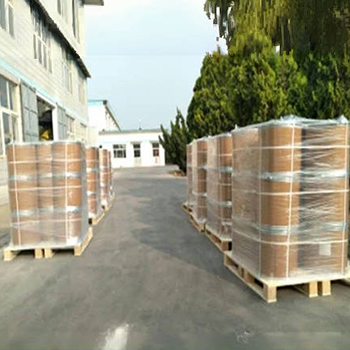

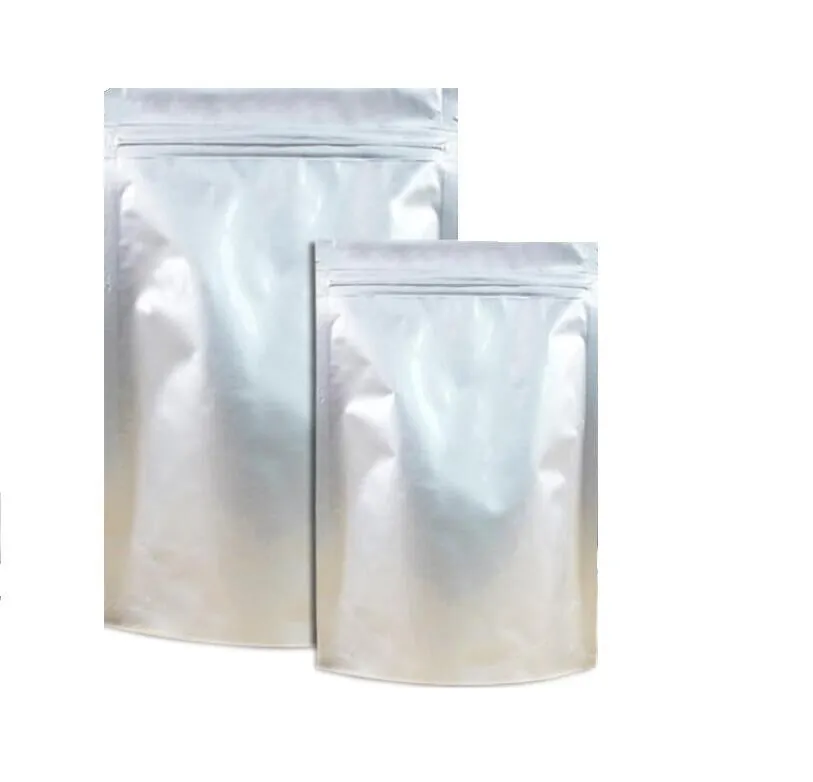

| Tests | Limits | Iziphumo | ||||
| Imbonakalo |
White crystalline powder |
White crystalline powder |
||||
| Solubility |
Pass the test |
Compliance |
||||
| Appearance of solution |
Pass the test |
Compliance |
||||
| Acidity or alkalinity |
Pass the test |
Compliance |
||||
| Specific optical rotation |
+55.4°~+55.9° | +55.3° | ||||
| Absorbance |
Pass the test |
Compliance |
||||
| Water |
4.5%~5.5% | 5.1% | ||||
| Sulfated ash |
NMT0.1% | 0.04% | ||||
| Particle size |
|
99.8% 59.8% |
||||
| Bulk density |
0.49g/ml | 0.49g/ml | ||||
| Microbial limit |
Pass the test |
Compliance |
||||
| Test results: qualified | The result above meet all requirements under Lactose monohydrate in BP 2019 | |||||
Lactose monohydrate is a sugar compound that consists of a molecule of lactose and one molecule of water. It is commonly used as an excipient or filler in pharmaceuticals, as well as in various food and beverage products.
Chemical Structure: Lactose monohydrate is a disaccharide composed of two sugar units, glucose and galactose, linked by a β-glycosidic bond. The monohydrate form indicates the presence of one molecule of water associated with each molecule of lactose.
Source: Lactose is naturally found in milk and dairy products. Lactose monohydrate used in commercial applications is typically derived from cow's milk through a purification and drying process.
-
Lactose widely used in making baby food, candy, margarine, etc., it can also be used as medium, chromatogram absorbent and excipient, etc
Lactose is commonly used in baby food. It is also widely used in beverages, western sausages, sauces, instant foods, spice blends and meat products in the food industry to supplement low sweetness, enhance aroma, prolong sales period and increase product value.
Lactose other derivatives, such as heteroemulsified sugars, can also be made for the processing of different foods and are often used as tablets.

1. Ngaba uyifektri okanye inkampani yokurhweba?
Siyinkampani edibanisa ishishini kunye norhwebo, ukubonelela ngenkonzo yokumisa enye.OEM inokwamkelwa.
2. Ngaba ubonelela ngeesampulu? Isimahla okanye yongeziweyo?
Iisampuli zasimahla. Umrhumo womthwalo wesampulu kufuneka uhlawulwe ecaleni kwakho.
3. Ingaba unazo naziphi na izatifikethi ezinxulumene nolawulo lomgangatho?
ISO 9001:2008 isiqinisekiso sokuqinisekisa umgangatho.
4. Ndingenza ntoni ukuze ndifumane ikowuteshini?
I-Pls isazise ngohlobo lwemveliso oyidingayo, ubungakanani beodolo, idilesi kunye neemfuno ezithile. Uqikelelo-mali luya kwenzelwa ireferensi yakho kwangethuba.
5. Loluphi uhlobo lwendlela yokuhlawula oyikhethayo? Ngawaphi amagama amkelweyo?
IMigaqo yoHambiso eyaMkelweyo: FOB,CFR,CIF,EXW;
Imali eyamkelekileyo yeNtlawulo:USD;
Uhlobo lweNtlawulo olwamkelweyo: T/T, Western Union; I-Paypal, iNqinisekiso yoRhwebo.
Ulwimi oluthethwayo:IsiNgesi.
Iindidi zeemveliso
-
 Apr . 27, 2025Zibo will host the 2025 International Chemical ExpoZibo, a city known for its thriving chemical industry, will host the 2025 Zibo International Chemical Expo from May 16 to May 18, 2025. This highly anticipated event aims to bring together industry leaders, innovators and stakeholders from around the world to explore the latest advancements and trends in the chemical industry.
Apr . 27, 2025Zibo will host the 2025 International Chemical ExpoZibo, a city known for its thriving chemical industry, will host the 2025 Zibo International Chemical Expo from May 16 to May 18, 2025. This highly anticipated event aims to bring together industry leaders, innovators and stakeholders from around the world to explore the latest advancements and trends in the chemical industry. -
 Apr . 22, 20252025 Yokohama Cosmetics Raw Materials and Technology ExhibitionYOKOHAMA, Japan – The City of Yokohama is preparing to host the much-anticipated Cosmetics Ingredients & Technologies 2025 from May 14 to May 16, 2025. The premier event is expected to attract industry professionals, innovators and enthusiasts from around the world to showcase the latest advancements in cosmetic ingredients and technologies.
Apr . 22, 20252025 Yokohama Cosmetics Raw Materials and Technology ExhibitionYOKOHAMA, Japan – The City of Yokohama is preparing to host the much-anticipated Cosmetics Ingredients & Technologies 2025 from May 14 to May 16, 2025. The premier event is expected to attract industry professionals, innovators and enthusiasts from around the world to showcase the latest advancements in cosmetic ingredients and technologies. -
 Apr . 18, 20252025 India Mumbai Fine Chemicals ExhibitionMUMBAI, India – The bustling metropolis of Mumbai is gearing up to host the much-anticipated Fine Chemicals Expo on April 29-30, 2025. The premier event is expected to attract industry leaders, innovators and stakeholders from across the world to showcase the latest advancements in the fine chemicals sector.
Apr . 18, 20252025 India Mumbai Fine Chemicals ExhibitionMUMBAI, India – The bustling metropolis of Mumbai is gearing up to host the much-anticipated Fine Chemicals Expo on April 29-30, 2025. The premier event is expected to attract industry leaders, innovators and stakeholders from across the world to showcase the latest advancements in the fine chemicals sector.


